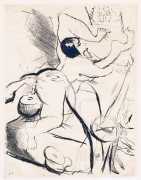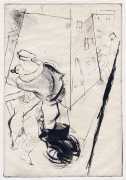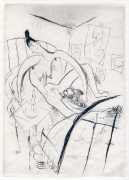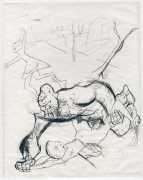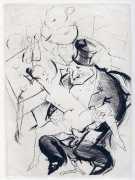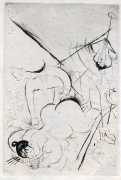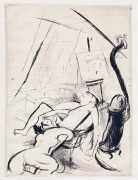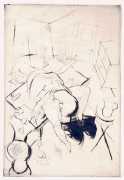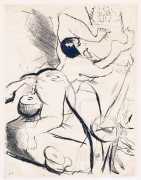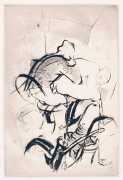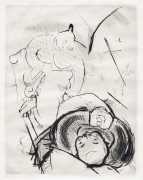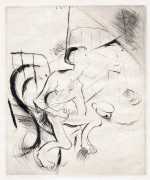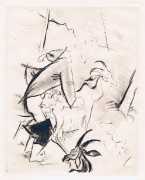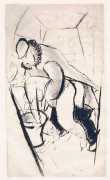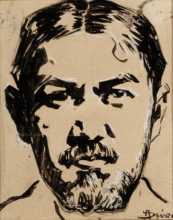 To mainstream art historians who study early twentieth century Hungarian artists, André Székely, who was born Andor Dobai Székely in the Slovakian town of Levoča, is the Székely, unlike connoisseurs of erotic art who are much more likely to know the copious works of the other Székely, Alex, who you will find here. André Székely produced work under a range of artist names, mostly for his French clientele, including André de Székély and André Székely de Doba.
To mainstream art historians who study early twentieth century Hungarian artists, André Székely, who was born Andor Dobai Székely in the Slovakian town of Levoča, is the Székely, unlike connoisseurs of erotic art who are much more likely to know the copious works of the other Székely, Alex, who you will find here. André Székely produced work under a range of artist names, mostly for his French clientele, including André de Székély and André Székely de Doba.
From 1895 Andor Székely studied in Munich at the painting school of Simon Hollósy, then spent some time in the artists’ colony of Nagybánya (now in Romania but then in Hungary) before moving to Paris to study at the Académie Julian, where he joined the Mouvement Visionnaire, a group of artists around André Martins de Barros exploring Surrealist themes.
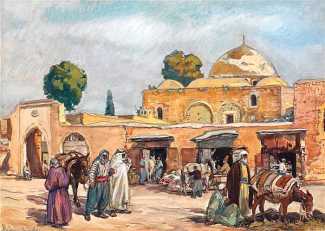
From 1908 he lived in Budapest for almost twenty years, painting watercolours and pastels, and in 1920 he opened his own painting school in Budapest. In 1929 he returned permanently to Paris. Székely travelled widely in North Africa and the Middle East, and his colourful paintings and pastels depicting scenes from his travels are now much admired and sought-after.
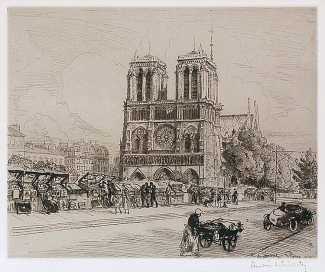
During the 1920s André Székely produced illustrations for French classics including Marcel Proust, Léon Daudet, Paul Valéry and Charles Maurras, commissioned by the Paris publisher Éditions de la Revue le Capitole. His 1934 etchings for Léon Gosset’s Le charme de Paris, produced by the fine art publisher H. Piazza, show that he was an expert engraver with a keen eye for interesting detail.
During the 1930s Székely regularly showed his work at exhibitions in Budapest and Paris, and for several years participated in the Venice Biennale.

